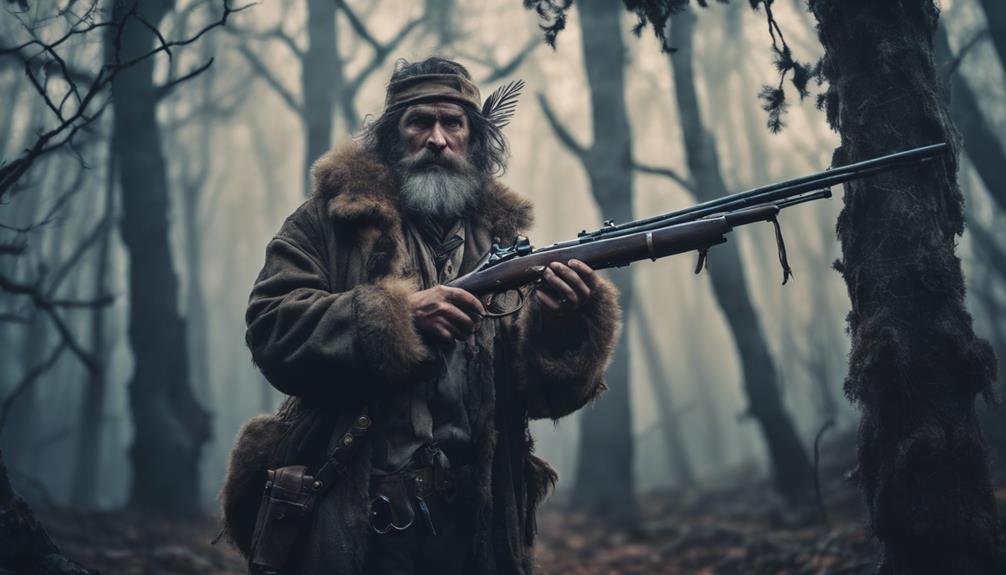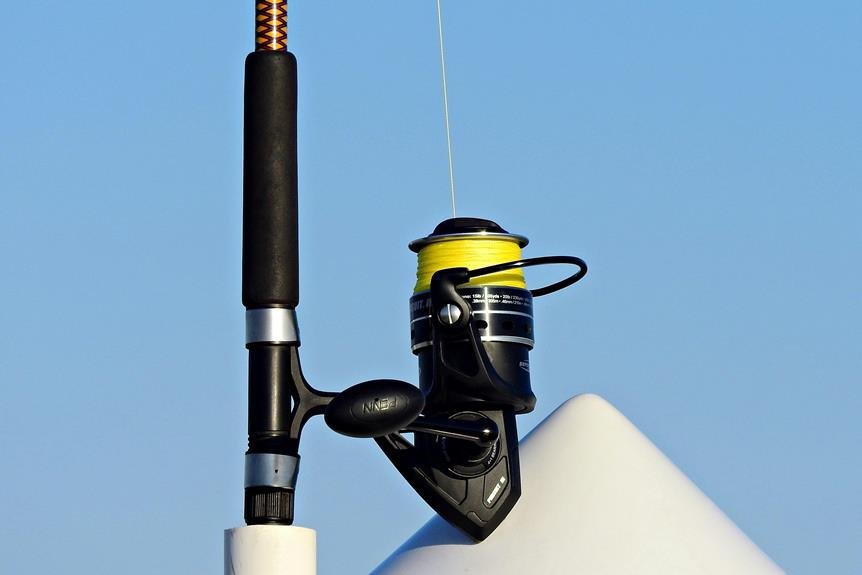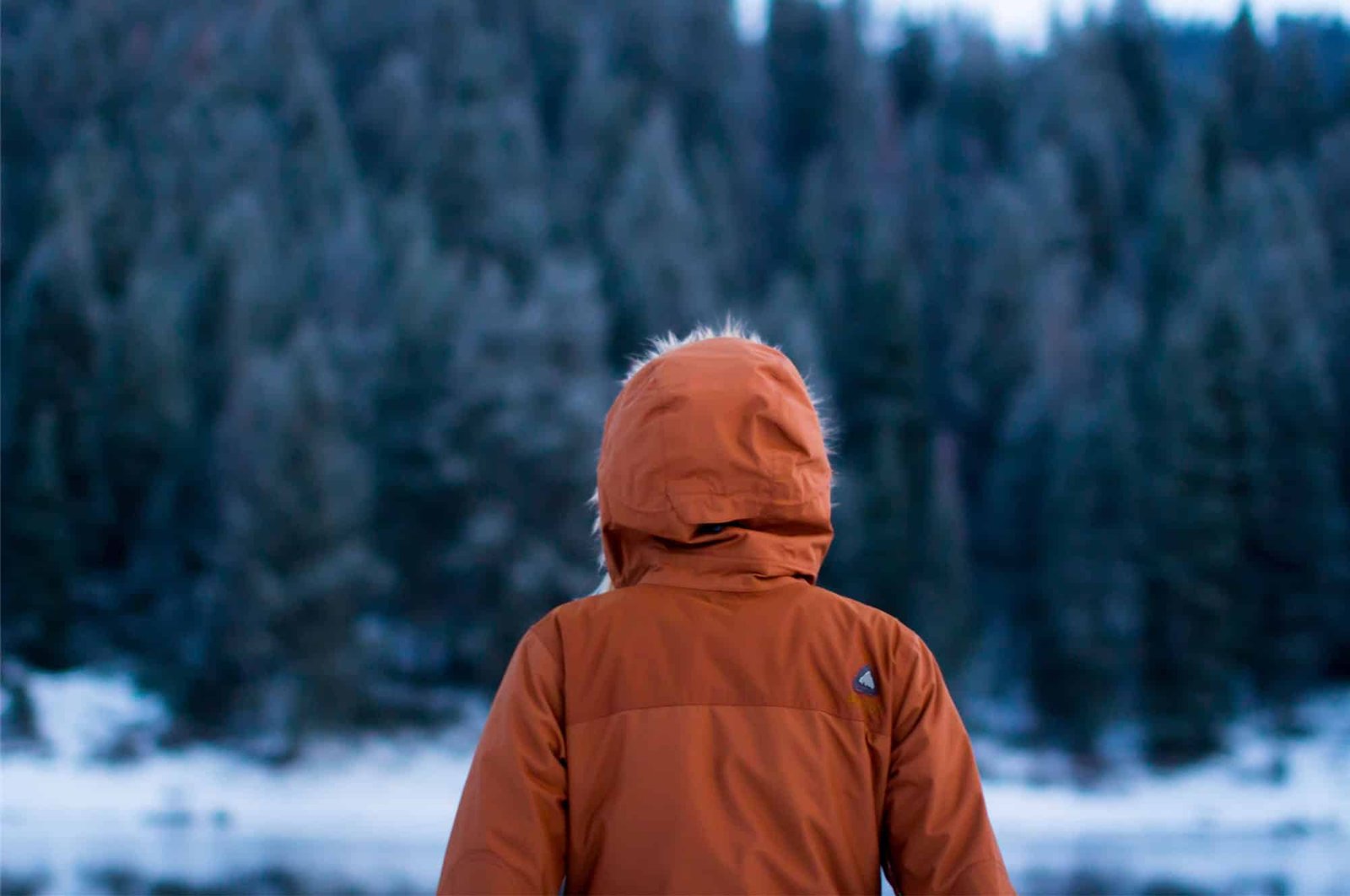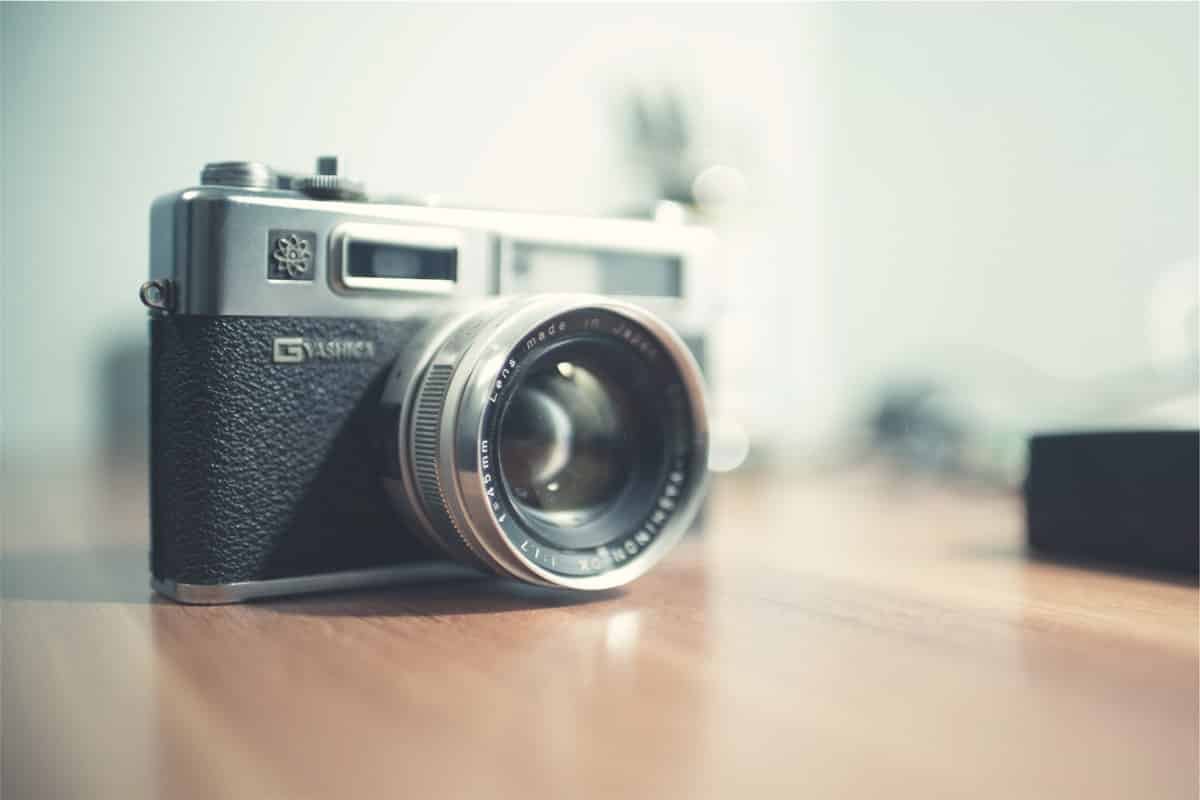As European settlers arrived in America, they brought with them the flintlock rifle, sparking a cultural phenomenon that would sweep the American wilderness. This iconic firearm became an integral part of American culture, symbolizing independence, self-reliance, and a deep connection to the pioneering spirit. Famous figures like Daniel Boone and Natty Bumppo wielded flintlocks, shaping the nation's early history. As hunters ventured into the unforgiving wilderness, they faced unique challenges, from unpredictable ignition to harsh weather conditions. Yet, the flintlock's importance endures, its legacy woven into America's cultural fabric, waiting to be unearthed further.
Key Takeaways
- The flintlock rifle played a pivotal role in American history, symbolizing independence, self-reliance, and a connection to the pioneering spirit.
- Mastery of wilderness survival skills is vital for flintlock hunters, including finding shelter, starting fires, and traversing treacherous terrain.
- Flintlock hunting fosters a sense of camaraderie among hunters, who revel in the distinct experience despite the challenges of unpredictable ignition and delicate priming.
- Modern flintlock hunters blend historical techniques with modern innovations, employing GPS and mapping technology to track game and using modern camouflage and concealment techniques.
- The flintlock rifle remains an integral part of American cultural heritage, symbolizing the country's history and its people's connection to the wilderness.
History of American Firearms
Throughout the 17th and 18th centuries, European settlers brought with them a plethora of firearms, including the flintlock rifle, which would ultimately become an integral part of American culture and history. Firearm enthusiasts and historians alike acknowledge the flintlock rifle's historical significance, symbolizing a connection to the country's early history. Famous figures like Daniel Boone and Natty Bumppo used flintlock rifles in the early days of American settlement, cementing the rifle's place in American folklore. The Pennsylvania rifle, a variant of the flintlock, played a pivotal role in the American War for Independence, further solidifying the rifle's importance in American history. Today, the flintlock rifle remains an important part of American cultural heritage, cherished by firearm enthusiasts and historians alike for its historical significance.
Flintlock Rifle Mechanism
Beyond its cultural significance, the flintlock rifle's intricate mechanism has fascinated historians and firearm enthusiasts alike, with its unique ignition process relying on a complex interplay of components to propel a projectile. The trigger mechanism, in particular, requires precise maintenance to prevent misfires and achieve reliable performance.
- The flintlock's ignition process involves a sparks-generating mechanism, where the flint strikes the frizzen to create sparks that ignite the priming powder.
- The priming powder, in turn, ignites the main charge, propelling the projectile.
- Regular Flintlock Maintenance is vital to prevent misfires and achieve peak performance.
- The trigger mechanism requires lubrication and cleaning to prevent wear and tear.
- Properly aligned and secured components are essential for a smooth firing process.
Characteristics of Flintlocks
The prototypical American flintlock rifle was characterized by its lightweight, reliable, and accurate design, featuring a long, slender barrel and a bore between .30 and .45 caliber. This design allowed for ease of use and precision in the wilderness. The flintlock's evolution over the centuries has led to improvements in muzzleloader maintenance, making it a more practical choice for hunters. The Pennsylvania rifle, in particular, was a favorite among hunters, offering a high level of accuracy and reliability. Set triggers and adjustable sights further enhanced the rifle's performance. The flintlock's characteristics have contributed to its enduring popularity, making it an integral part of American hunting heritage.
Hunting in the Wilderness
Venturing into the unforgiving wilderness, flintlock hunters rely on their skills, intuition, and trusty rifles to traverse the uncharted territories in pursuit of their quarry. The thrill of the hunt is amplified in the vast expanse of the American wilderness, where survival depends on wit, cunning, and marksmanship.
- Mastery of wilderness survival skills is vital for hunters, including finding shelter, starting fires, and traversing treacherous terrain.
- Hunters must be adept at tracking, stalking, and ambushing their prey in the unforgiving environment.
- The rugged landscape demands physical endurance, mental toughness, and adaptability from flintlock hunters.
- Frontier adventures often involve traversing uncharted territories, fording rivers, and braving harsh weather conditions.
- The wilderness offers a stern test of a hunter's mettle, pushing them to their limits and beyond.
Flintlock Hunting Challenges
As flintlock hunters venture into the wilderness, they must confront the unique challenges that come with relying on centuries-old technology, including unpredictable ignition, delicate priming, and limited accuracy. Wet conditions pose a significant hurdle, as moisture can render the flintlock's ignition system ineffective. In addition, hunters must contend with the risk of hang fires, where the rifle fires long after the trigger is pulled. Despite these challenges, flintlock hunting fosters a sense of camaraderie among hunters, who often gather for deer drives and festive gatherings. The shared experience of overcoming these obstacles strengthens bonds and creates lasting memories. By embracing the difficulties, hunters can revel in the distinct experience that flintlock hunting provides.
Modern-Day Flintlock Hunting
Flintlock enthusiasts today continue to cherish the traditional hunting experience, often blending historical techniques with modern innovations to optimize their chances of success in the field. Winter hunts, in particular, offer a unique challenge, as hunters must brave harsh weather conditions to bag their prey. Rustic camps, reminiscent of those used by early American settlers, add to the nostalgic charm of modern-day flintlock hunting.
Some notable aspects of modern-day flintlock hunting include:
- Using GPS and mapping technology to track game
- Employing modern camouflage and concealment techniques
- Incorporating weather-resistant gear and clothing
- Utilizing advanced optics for better game spotting
- Maintaining traditional skills, such as tracking and stalking
Specialized Hunting Gear
In addition to mastering traditional skills, modern flintlock hunters often rely on specialized gear to optimize their hunting experience, from custom-made rifle scopes to weather-resistant clothing. This gear can make all the difference in the success of a hunt.
| Gear Category | Recommended Items | Gear Reviews |
|---|---|---|
| Optics | Custom-made rifle scopes, binoculars | Gear reviews by MeatEater experts |
| Clothing | Weather-resistant pants, insulated jackets | First Lite Sawbuck Brush Pants review |
| Accessories | Flintlock hunting kits, gun cases | Seth Morris and Rick Hutton's Flintlock Hunting Kits review |
| Hunting Essentials | Rifle slings, game bags | Gear reviews and recommendations from MeatEater experts |
When it comes to gear, modern flintlock hunters know that the right equipment can make all the difference in the field. From optics to clothing, every piece of gear plays a vital role in the success of a hunt.
Hunting Traditions and Heritage
America's rich hunting heritage is deeply rooted in the traditions of its early settlers, who brought with them a strong cultural attachment to the flintlock rifle, an iconic symbol of American independence and self-sufficiency. This Wilderness Legacy is a reflection of the country's Cultural Roots, shaped by the pioneers who relied on the flintlock for survival and sustenance.
- The flintlock rifle played a pivotal role in the country's early history, providing a means of self-defense and food for the table.
- Hunting traditions were passed down through generations, fostering a sense of community and camaraderie among hunters.
- The flintlock rifle remains an integral part of American Cultural Roots, symbolizing the country's heritage and its people's connection to the wilderness.
- Hunting traditions continue to thrive, with many hunters embracing the challenge and nostalgia of flintlock hunting.
- As a result, the flintlock rifle remains an enduring symbol of American independence and self-sufficiency.
Firearms in American Culture
Embracing the rugged individualism of the American frontier, firearms have become an integral component of American culture, symbolizing independence, self-reliance, and a deep connection to the country's pioneering spirit. Firearm innovations, pioneered by American inventors, have played a significant role in shaping the nation's history. The flintlock rifle, in particular, has become an iconic symbol of American ingenuity and resourcefulness. American pioneers, such as Daniel Boone and Natty Bumppo, relied heavily on firearms for survival and self-defense, cementing their place in American folklore. As a result, firearms have become an enduring part of American culture, reflecting the nation's values of independence, perseverance, and innovation.
Evolution of Firearms Technology
As the flintlock rifle's popularity waned, innovations in firearms technology sparked a new era of development, marking a significant shift towards more reliable, accurate, and efficient firearms that would forever alter the American hunting landscape. This evolution paved the way for modern hunting legacies, where hunters could rely on their firearms to bring home the game.
Some significant advancements in firearm innovations include:
- The introduction of percussion caps, replacing flintlocks with more reliable ignition systems
- The development of breech-loading rifles, allowing for faster reloading and increased accuracy
- The invention of smokeless powder, reducing recoil and increasing range
- The creation of semi-automatic rifles, enabling rapid follow-up shots
- The introduction of telescopic sights, improving accuracy and range estimation
Hunting in the American Frontier
During the early 19th century, the American frontier was a vast and unforgiving landscape, where rugged hunters and trappers pushed westward, relying on their flintlock rifles to procure food, protect themselves from hostile Native American tribes, and carve out a living from the untamed wilderness. These brave individuals employed Frontier Survival techniques, honed their Wilderness Tactics, and developed a deep understanding of the land and its creatures.
| Challenges | Tactics |
|---|---|
| Hostile Native American tribes | Form alliances, learn native languages |
| Harsh weather conditions | Build shelters, start fires, find natural resources |
| Limited food supply | Hunt and forage, preserve food for winter |
| Unfamiliar terrain | Create maps, navigate using natural landmarks |
In this unforgiving environment, flintlock rifles became an indispensable tool for survival, providing a means to hunt and defend oneself in the American wilderness.
Preserving Hunting Traditions
In the face of modernization, preserving hunting traditions has become a vital endeavor, as enthusiasts endeavor to maintain the cultural significance and historical relevance of flintlock rifles in contemporary hunting practices. This pursuit not only honors the Wildlife Legacy of America's early settlers but also upholds Family Heritage, as generations pass down their knowledge and skills.
- Preserving traditional hunting methods and techniques
- Promoting the cultural significance of flintlock rifles in American history
- Educating the next generation about the importance of hunting heritage
- Encouraging the use of flintlock rifles in modern hunting practices
- Supporting organizations that preserve hunting traditions and wildlife conservation
Frequently Asked Questions
Can Flintlock Rifles Be Used for Home Defense?
While flintlock rifles can be used for self-protection, they may not be the most effective choice for home defense due to their slower reload time and limited accuracy, making them less reliable for defending against home invaders and ensuring household safety.
How Do You Clean a Flintlock Rifle After Use?
After a day of hunting, envision the lingering scent of black powder wafting from the rifle's muzzle, signaling the need for meticulous cleaning. Begin by disassembling the flintlock, then gently scrub the barrel and lock with a soft brush, ensuring muzzle maintenance and proper black powder care.
Are There Any Flintlock Hunting Competitions or Events?
Flintlock enthusiasts participate in Vintage Shootouts and Historical Reenactments, showcasing marksmanship skills and period-accurate attire, while reliving the pioneering spirit of America's early settlers and hunters.
Can You Hunt Large Game Like Elk With a Flintlock Rifle?
As the majestic elk roams the vast habitat, a flintlock rifle's ballistic limitations come into play, making accuracy and bullet placement vital, as a skilled hunter must navigate the challenging intersection of technology and terrain to successfully harvest these magnificent creatures.
Are Flintlock Rifles Legal for Hunting in All US States?
While flintlock rifles are legal for hunting in many US states, regulations vary; some states allow flintlock use for specific seasons or species, while others have historic regulations or require modern permits, highlighting the importance of understanding local laws.
Conclusion
As the last wisps of smoke dissipate, the flintlock rifle's enduring legacy remains etched in the American landscape. Like a well-worn trail, its path has been forged through the annals of history, weaving a tapestry of resilience, innovation, and tradition. As the wilderness whispers its secrets to those who listen, the flintlock rifle stands sentinel, a monument to the unyielding spirit of a nation born of fire and freedom.









